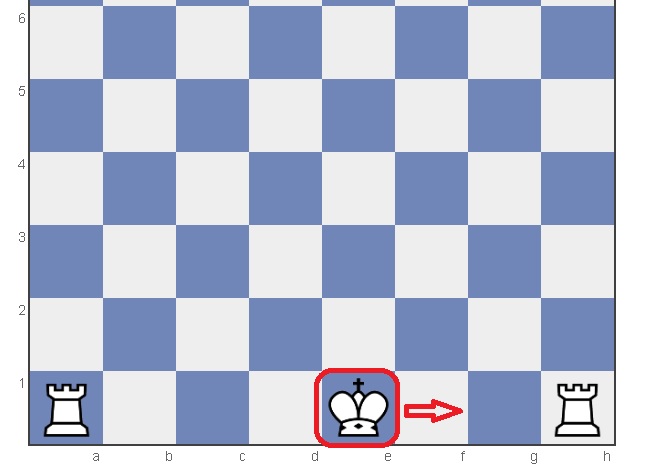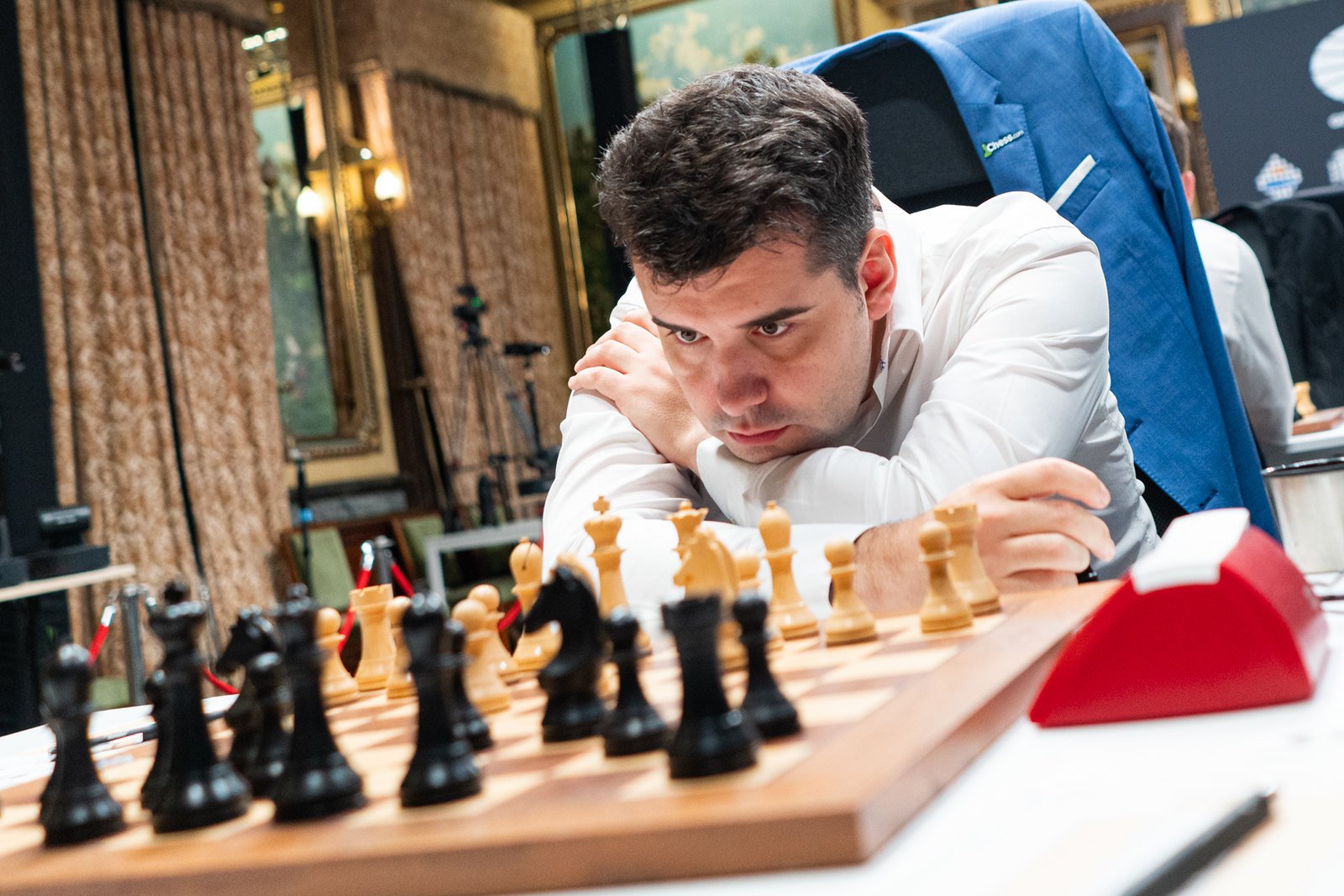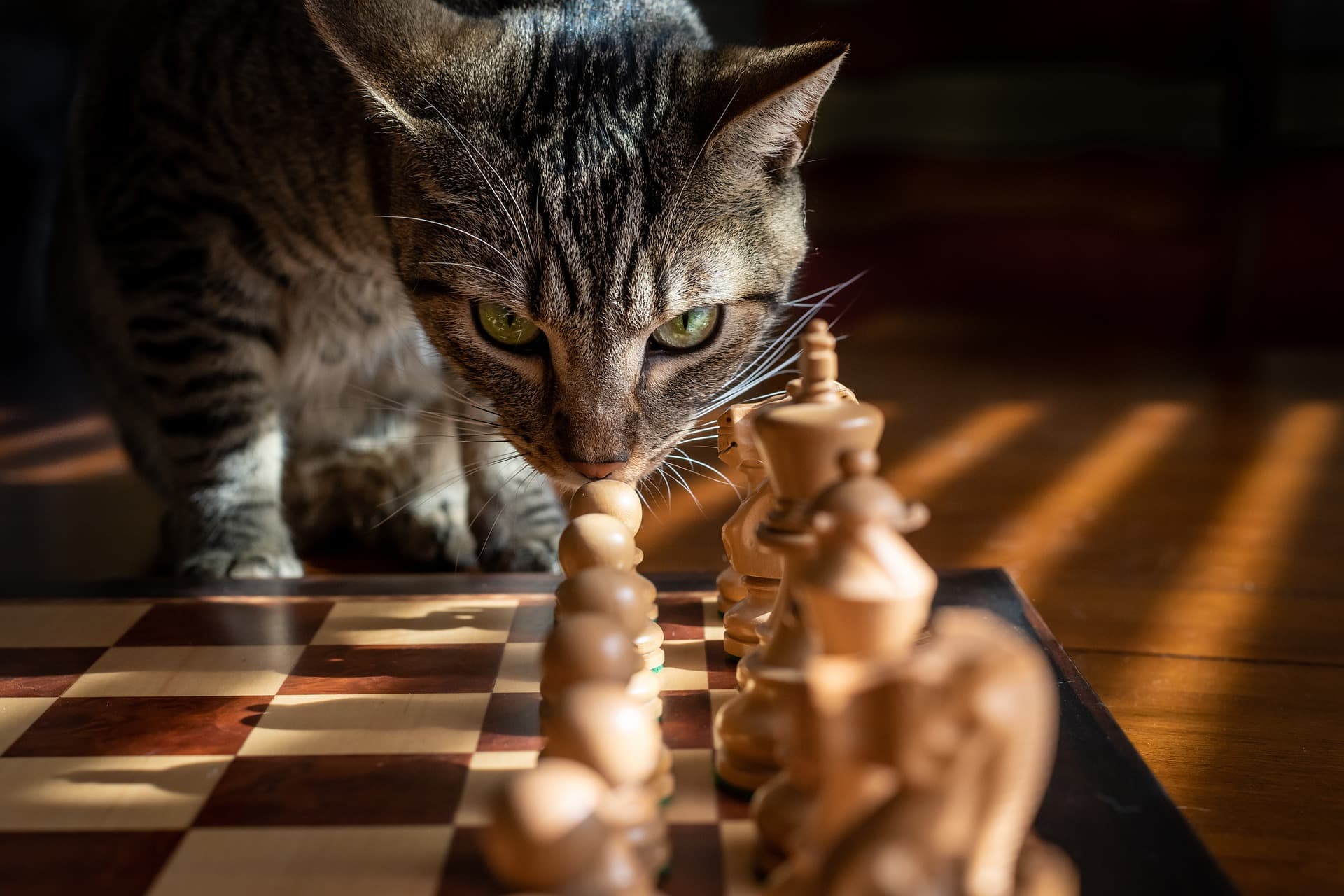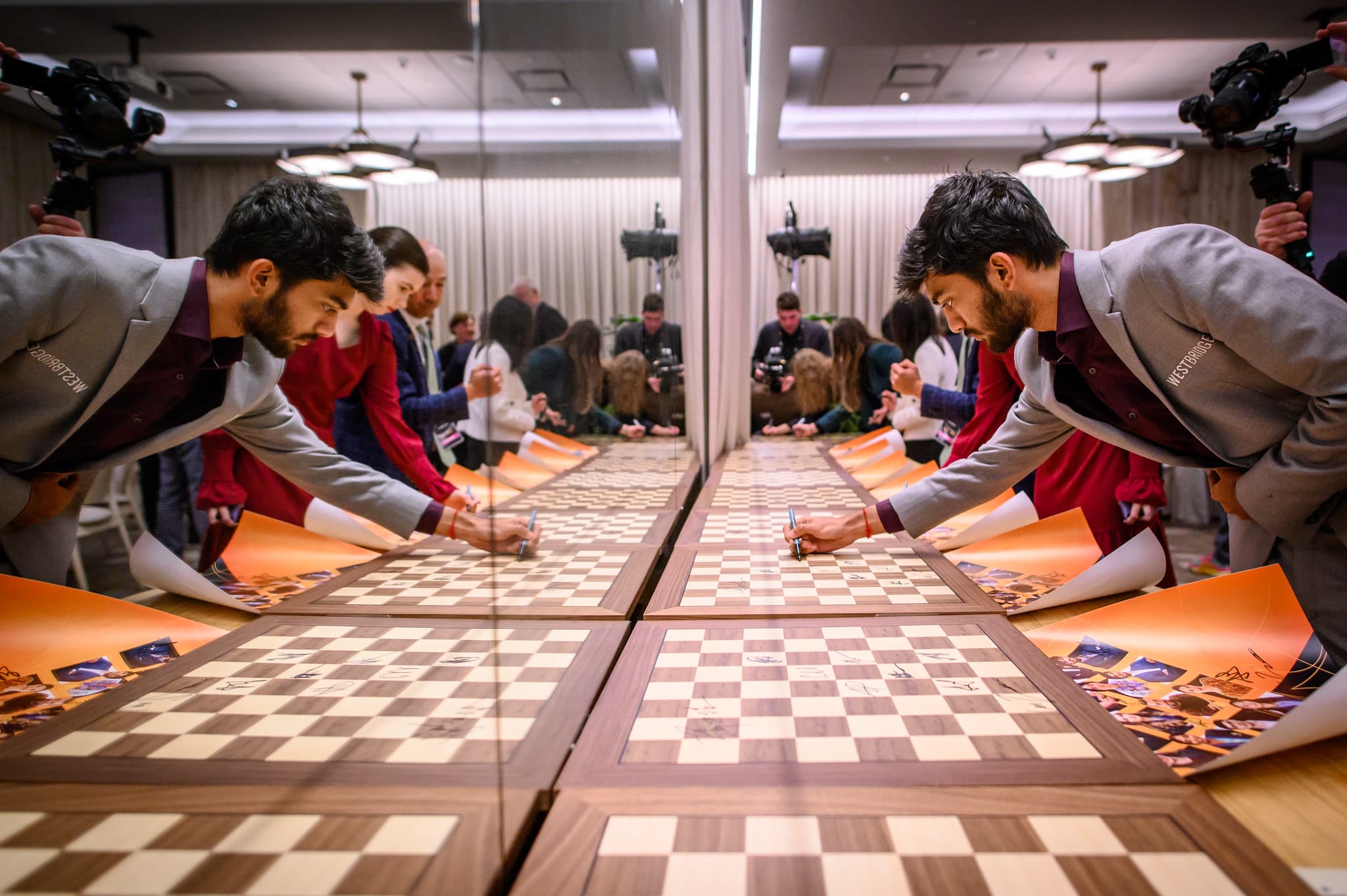Knowing how to get your king to safety is of paramount importance if you want to improve as a chess player. Getting your most important piece out of harm’s way early on will greatly increase your chances of winning. To do so, you will need to learn the ins and outs of a special chess move: castling. It is the only chess move where you get to move two of your pieces at the same time.
What is castling in chess?
Castling is one of the few special moves in chess, like en passant, that break the flow of normal gameplay and allow you to move your pieces in a way you wouldn’t be able to otherwise. In this case, it is the simultaneous move of your king and rook with the goal of getting His Majesty to safety on one side of the board.
When castling, your king “hops over” the square next to him (d1 or f1), similarly to how the knight moves and lands on the next square on the file (c1 or f1), with the rook on that side of the board landing on the square the king hopped over. If you move to the right side of the board—the kingside—the move is known as “castling kingside” and is marked as O-O in the algebraic notation. Queenside castling, in turn, is marked as O-O-O. Despite moving two pieces at once, it is a single move.
Here’s what castling looks like in action:




Castling rules in chess
The rules of castling are numerous but straightforward. It is a special privilege, and you don’t get to abuse it over the course of a chess match. To castle, all of the following criteria need to apply:
- Your king has not moved yet.
- The rook in question has not moved yet.
- You are not in check.
- The square you’re hopping over isn’t covered by an enemy piece (meaning your king wouldn’t be in check there either).
- No other pieces are in the way.
Again, if any of these are not met, you are not allowed to castle. Be sure to plan ahead and make your moves accordingly.
Why is castling important?
There’s a reason why castling is one of the best moves you can make in chess: getting stuck in the middle of the board is the number one health hazard for kings on the chessboard. Castling keeps your king safe, far away from the fireworks and the action at the time of the game when it is at its most vulnerable.
Though kings are valuable tools in the endgame when only a few pieces are left on the board, and most of the heavyweights have been traded off, the ultimate way to win a chess game is still to give checkmate to your opponent. Even if an early attack doesn’t pay off in a game-ending tactical sequence, the defender may have to sacrifice material to keep their king alive, which can be a losing concession in and of itself.
Many amateur players underestimate the importance of castling. It turns out that quickly developing your bishops and knights, then getting your king out of dodge is a sound and basic strategy. Neglecting to do so will often mean that your pieces get stuck, your position will become cramped, and your king is locked up without any mobility in the middle of the board and gets swarmed by a horde of attackers. The f-pawns are especially vulnerable in the starting position because they are only protected by the king itself, and if you don’t castle in time, it could very well end up as the entry point for the assault.
Of course, the biggest disadvantage you can have in this regard is if you don’t even know how to castle—which, thankfully, won’t be an issue for you going forward now that you’ve read through this article.
You can easily imagine a world of chess without castling, but actually, you don’t have to. Last year, there was an interesting experimental chess tournament where former world champions Viswanathan Anand and Vladimir Kramnik faced off against each other in a set of chess games where neither side was allowed to castle. This led to much more open and dynamic play since the kings were constant targets in the middle of the board, and it took a lot more time to evacuate them from the most contested part of the chessboard. This led to much more open and dynamic play. You can check out the games here, with analysis courtesy of GM Dejan Bojkov.












Published: Apr 5, 2022 08:30 am